-
×
 Online - The Demartini Values Training Program - USA 2020 (Videos Only) By Dr John Demartini
1 × $622,00
Online - The Demartini Values Training Program - USA 2020 (Videos Only) By Dr John Demartini
1 × $622,00 -
×
 The BFI Trading Course
1 × $6,00
The BFI Trading Course
1 × $6,00 -
×
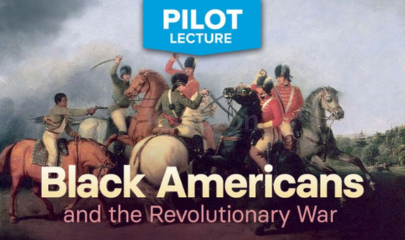 Wondrium Pilots: Black Americans and the Revolutionary War By Wondrium
1 × $5,00
Wondrium Pilots: Black Americans and the Revolutionary War By Wondrium
1 × $5,00 -
×
 Iconic Personal Brand 2.0 by Kathryn Porritt
1 × $33,00
Iconic Personal Brand 2.0 by Kathryn Porritt
1 × $33,00 -
×
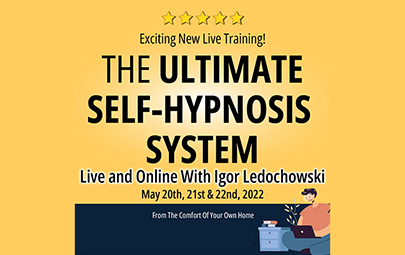 Ultimate Self Hypnosis System Live Training 2022 By Igor Ledochowski
1 × $39,00
Ultimate Self Hypnosis System Live Training 2022 By Igor Ledochowski
1 × $39,00 -
×
 The Great Tours: France through the Ages By John Greene
1 × $5,00
The Great Tours: France through the Ages By John Greene
1 × $5,00 -
×
 OBM School Accelerator By OBM School
1 × $419,00
OBM School Accelerator By OBM School
1 × $419,00 -
×
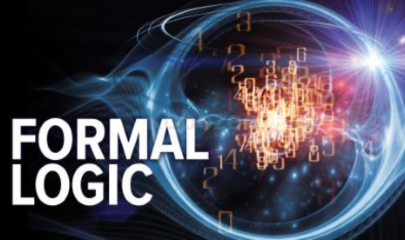 An Introduction to Formal Logic By Steven Gimbel
1 × $5,00
An Introduction to Formal Logic By Steven Gimbel
1 × $5,00 -
×
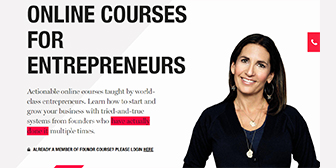 Foundr - All Courses Bundle
1 × $23,00
Foundr - All Courses Bundle
1 × $23,00 -
×
 Multifamily Strategy By Christian Osgood & Cody Davis
1 × $15,00
Multifamily Strategy By Christian Osgood & Cody Davis
1 × $15,00 -
×
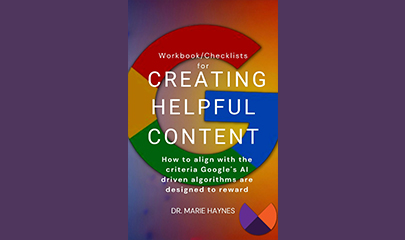 Creating Helpful Content Workbook By Marie Haynes
1 × $31,00
Creating Helpful Content Workbook By Marie Haynes
1 × $31,00 -
×
 Financial Modelling Course By Liam Bastick
1 × $124,00
Financial Modelling Course By Liam Bastick
1 × $124,00 -
×
 Product Marketing Bootcamp By Melinda Chung
1 × $85,00
Product Marketing Bootcamp By Melinda Chung
1 × $85,00 -
×
 Access Ancient Soul Wisdom - Past Lives Course 2 By Akashic Knowing
1 × $85,00
Access Ancient Soul Wisdom - Past Lives Course 2 By Akashic Knowing
1 × $85,00 -
×
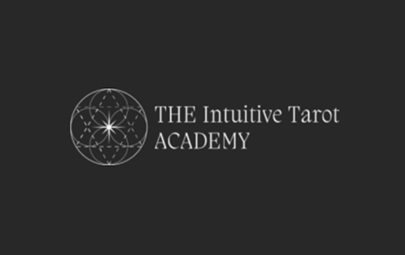 The Intuitive Tarot Academy By Linda Rauch
1 × $54,00
The Intuitive Tarot Academy By Linda Rauch
1 × $54,00 -
×
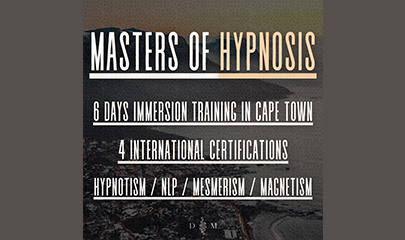 MASTERS OF HYPNOSIS Course 2023 By David Mears
1 × $233,00
MASTERS OF HYPNOSIS Course 2023 By David Mears
1 × $233,00 -
×
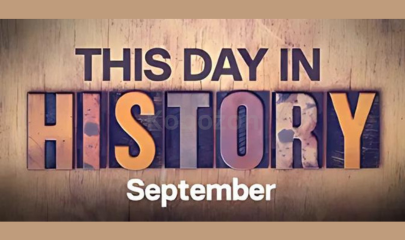 This Day in History: September By Wondrium
1 × $5,00
This Day in History: September By Wondrium
1 × $5,00 -
×
 Infield Mastery Program By Matt Artisan
1 × $69,00
Infield Mastery Program By Matt Artisan
1 × $69,00 -
×
 Product Marketing Resume Boost By Melinda Chung
1 × $23,00
Product Marketing Resume Boost By Melinda Chung
1 × $23,00 -
×
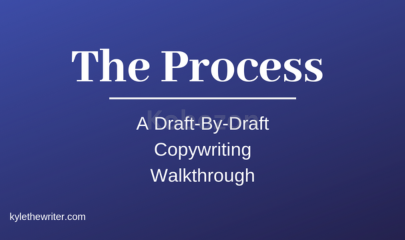 The Process: A Draft By Draft Copywriting Walkthrough
1 × $5,00
The Process: A Draft By Draft Copywriting Walkthrough
1 × $5,00
The Holy Land Revealed By Jodi Magness
$339,00 $5,00
The Holy Land Revealed: A Comprehensive Review of Jodi Magness’ Exploration – Immediate Download!
Let’s embark on a captivating adventure to uncover remarkable insights that spark your curiosity and elevate your understanding
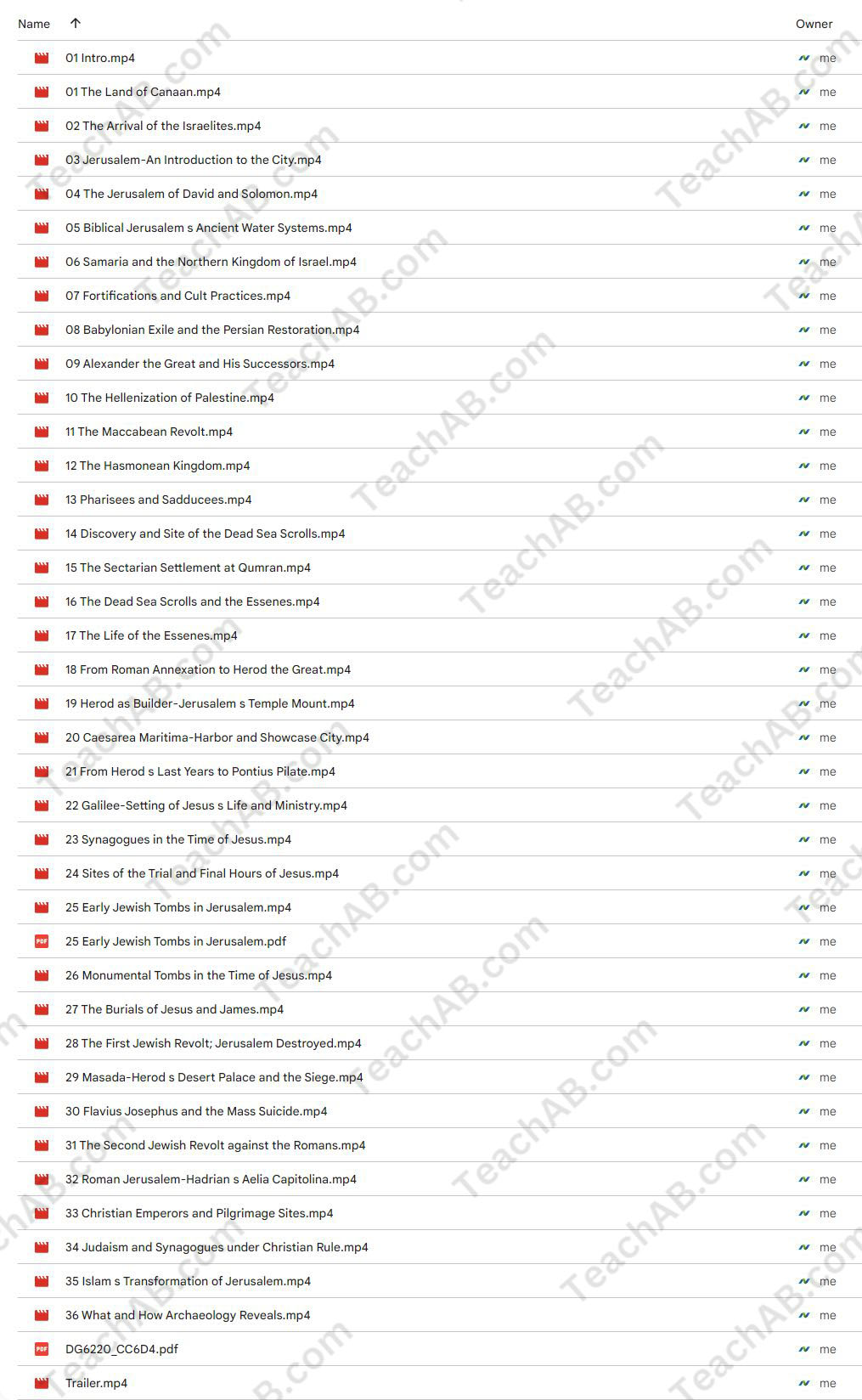
The Holy Land Revealed By Jodi Magness
Overview

The Holy Land Revealed: A Comprehensive Review of Jodi Magness’ Exploration
The Holy Land is often viewed through a lens of reverence and awe, woven with narratives that touch the very core of Judaism, Christianity, and Islam. Jodi Magness, a prominent archaeologist and professor, invites us on a profound journey in her series, “The Holy Land Revealed.” Through 36 meticulously crafted lectures, Magness not only sheds light on the historical trajectory of this region but also grounds her discussion in archaeological findings that breathe life into ancient texts and events. This course is a captivating blend of scholarly inquiry and engaging storytelling, designed for both laymen and seasoned scholars alike. As we dive deeper, let us explore the intricacies of this course, revealing both its cherished insights and facing criticisms that have emerged.
An Overview of the Course Structure
The Pedagogical Design
The structure of “The Holy Land Revealed” is one of its most commendable features. Magness has divided the course into 36 lectures, each meticulously tailored to focus on pivotal moments and locations throughout the Holy Land’s history. These lectures range from the arrival of the Israelites in Canaan to the spread of Islam in the mid-7th century. The careful organization of material ensures that learners can follow a chronological trajectory, making it easier to grasp the evolving socio-religious landscapes over millennia.
| Lecture Number | Title of Lecture | Focus Area |
| 1 | The Israelites in Canaan | Early Settlement |
| 2 | Jerusalem: A City of Connection | Religious Significance |
| 3 | Masada: Symbol of Resistance | Historical Events |
| 36 | The Spread of Islam | Cultural Transformations |
This clear framework facilitates an educational experience that is not only informative but also immersive, painting a comprehensive portrait of the Holy Land’s intricate history. When engaging with these lectures, students often find themselves connecting dots between biblical accounts and archaeological findings, enriching their understanding and appreciation of the land’s past.
The Use of Archaeology
In this course, Magness leverages archaeology to elucidate ancient events, bringing to life narratives found within sacred texts. By scrutinizing physical artifacts and historical accounts, she provides a rounded view of ancient practices that shaped the cultural and religious fabric of the Holy Land. This approach is particularly noteworthy, as it allows learners to visualize the historical context of biblical stories, transforming abstract concepts into tangible realities.
For instance, her examination of the ancient site of Qumran, home to the Dead Sea Scrolls, is not merely a presentation of facts but rather an exploration of how these findings have altered our understanding of Jewish practices in the Second Temple period. She effectively illustrates the profound impact of archaeological discoveries, emphasizing that the artifacts unearthed do not merely tell a story they challenge and enrich our interpretations of religious texts.
Engagement and Accessibility
Scholar and Storyteller
Reviewers have consistently praised Magness’s ability to present complex archaeological concepts in an accessible manner. Her delivery strikes a balance between scholarly depth and engaging narration, making the material palatable to a wide range of audiences. This dynamic is comparable to a skilled chef crafting a dish that is both nourishing and delectable; she serves her findings with just the right amount of seasoning, ensuring that they resonate with everyone from novice learners to seasoned historians.
Many find her storytelling technique particularly effective. By embedding real stories and human experiences within the more extensive historical context, Magness invites her audience to forge emotional connections with the subject matter. This is a critical factor that transforms what could be a dry academic lecture into an emotionally charged experience that prompts engagement and reflection.
Multiple Perspectives and Critical Thinking
A distinctive feature of “The Holy Land Revealed” is the incorporation of multiple perspectives and scholarly debates. Magness does not shy away from presenting various viewpoints surrounding contentious historical interpretations. This inclusion encourages critical thinking, urging viewers to contemplate differing opinions and form their conclusions.
One noteworthy moment occurs when she discusses different archaeological methodologies used to excavate and interpret sites. By highlighting these disparate approaches, she emphasizes the importance of context and critical analysis, leading students to appreciate that truth in archaeology is often multilayered and complex. This approach fosters a more profound understanding of the intricate relationship between archaeology and historical narratives.
Criticisms and Areas for Improvement
Pacing and Delivery
Despite the many praises that “The Holy Land Revealed” garners, some criticisms have surfaced, notably concerning the pacing of Magness’s delivery. While her lectures are rich in content, for some viewers, the tempo can feel rushed at moments, making it challenging to absorb and reflect on the rich tapestry of information provided. The balance of presenting exhaustive data while maintaining an engaging flow is delicate, and some viewers may find it occasionally tipped in favor of information over contemplation.
Occasional Repetition
Another point of criticism relates to instances of repetition within her discourse. While reiteration can serve as a learning tool reaffirming essential themes and establishing connections overuse may detract from the overall learning experience for some. A balance must be struck, where key points are woven into the narrative without redundantly retracing steps that have already been explored.
Nevertheless, it is essential to recognize that many find these aspects fairly minor relative to the course’s wealth of information and the insights it offers. The richness of the material can easily overshadow these concerns for individuals eager to immerse themselves in the archaeological stories of the Holy Land.
Conclusion
In summation, “The Holy Land Revealed” by Jodi Magness stands as a commendable academic endeavor that effectively intertwines history, archaeology, and narrative to shed light on a region of immense religious significance. The course offers an in-depth analysis, inviting viewers to engage with the ancient world in a way that is both educational and transformative. While it may have pacing issues and moments of redundancy, the overall presentation and scholarly rigor triumph, making it a highly regarded resource for anyone keen to delve deeper into the archaeological and historical contexts of the Holy Land. With its blend of academic rigor and engaging storytelling, Magness ensures that viewers emerge with a richer understanding of one of the world’s most significant regions, its past alive in their minds and hearts.
Frequently Asked Questions:
Innovation in Business Models: We use a group purchase approach that enables users to split expenses and get discounted access to well-liked courses. Despite worries regarding distribution strategies from content creators, this strategy helps people with low incomes.
Legal Aspects to Take into Account: Our operations’ legality entails several intricate considerations. There are no explicit resale restrictions mentioned at the time of purchase, even though we do not have the course developers’ express consent to redistribute their content. This uncertainty gives us the chance to offer reasonably priced instructional materials.
Quality Control: We make certain that every course resource we buy is the exact same as what the authors themselves provide. It’s crucial to realize, nevertheless, that we are not authorized suppliers. Therefore, the following are not included in our offerings: – Live coaching sessions or calls with the course author.
– Entry to groups or portals that are only available to authors.
– Participation in closed forums.
– Straightforward email assistance from the writer or their group.
Our goal is to lower the barrier to education by providing these courses on our own, without the official channels’ premium services. We value your comprehension of our distinct methodology.
Be the first to review “The Holy Land Revealed By Jodi Magness” Cancel reply
You must be logged in to post a review.


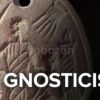




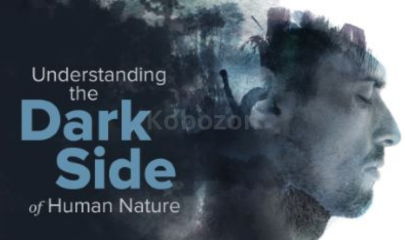






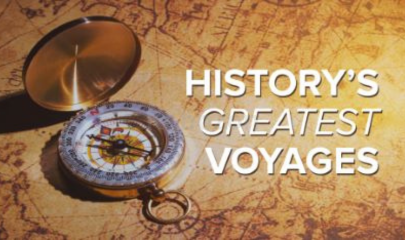
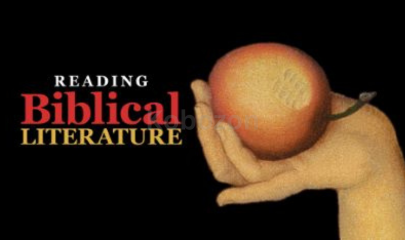

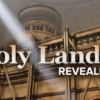
Reviews
There are no reviews yet.